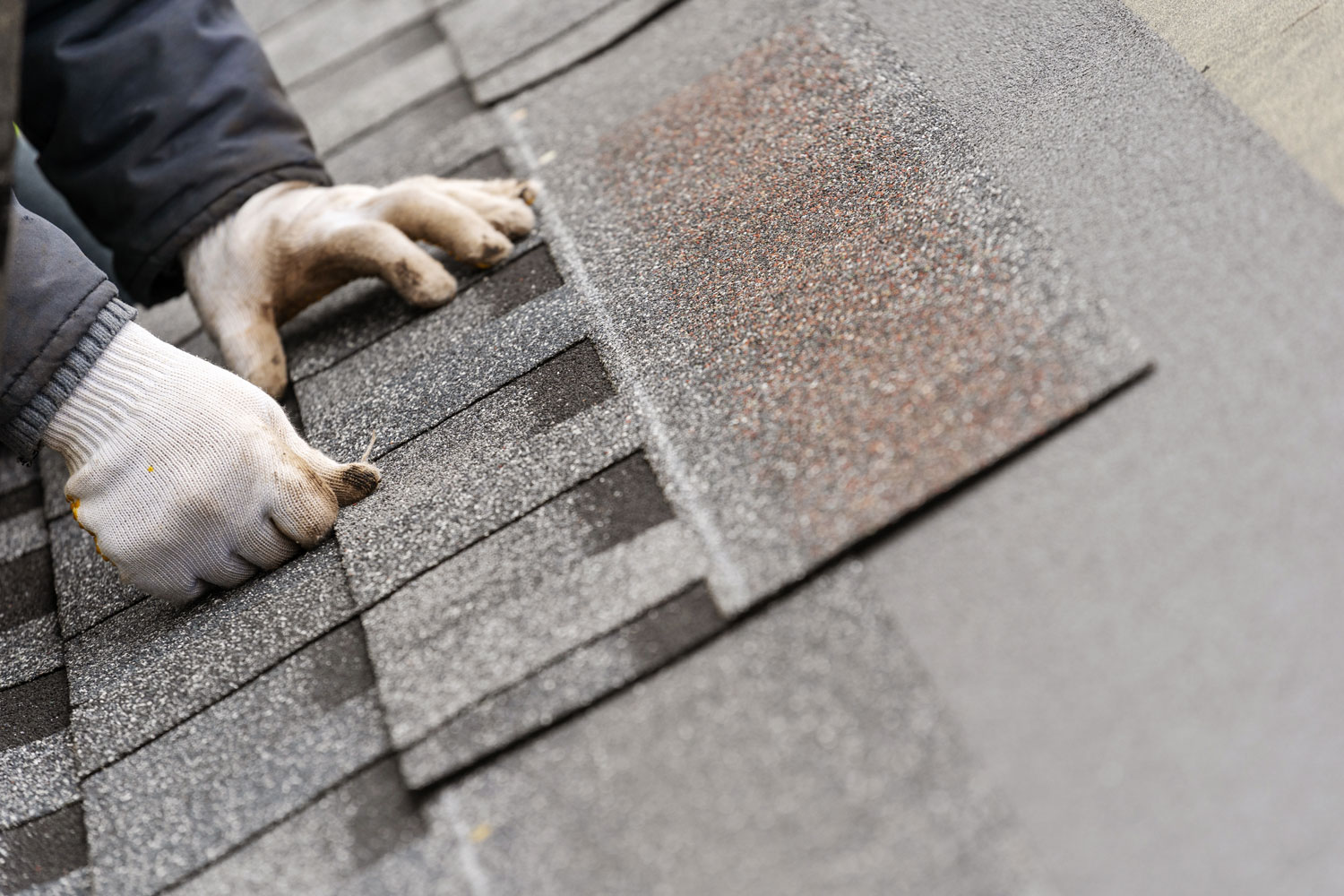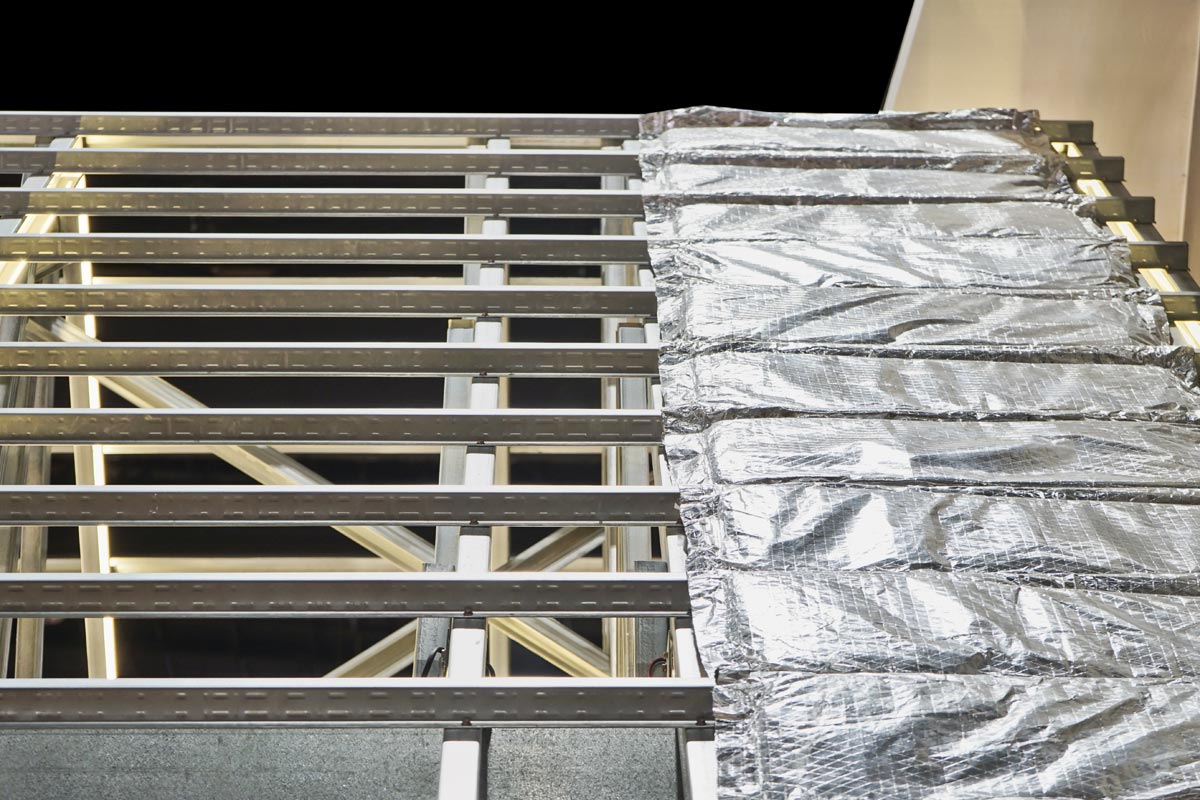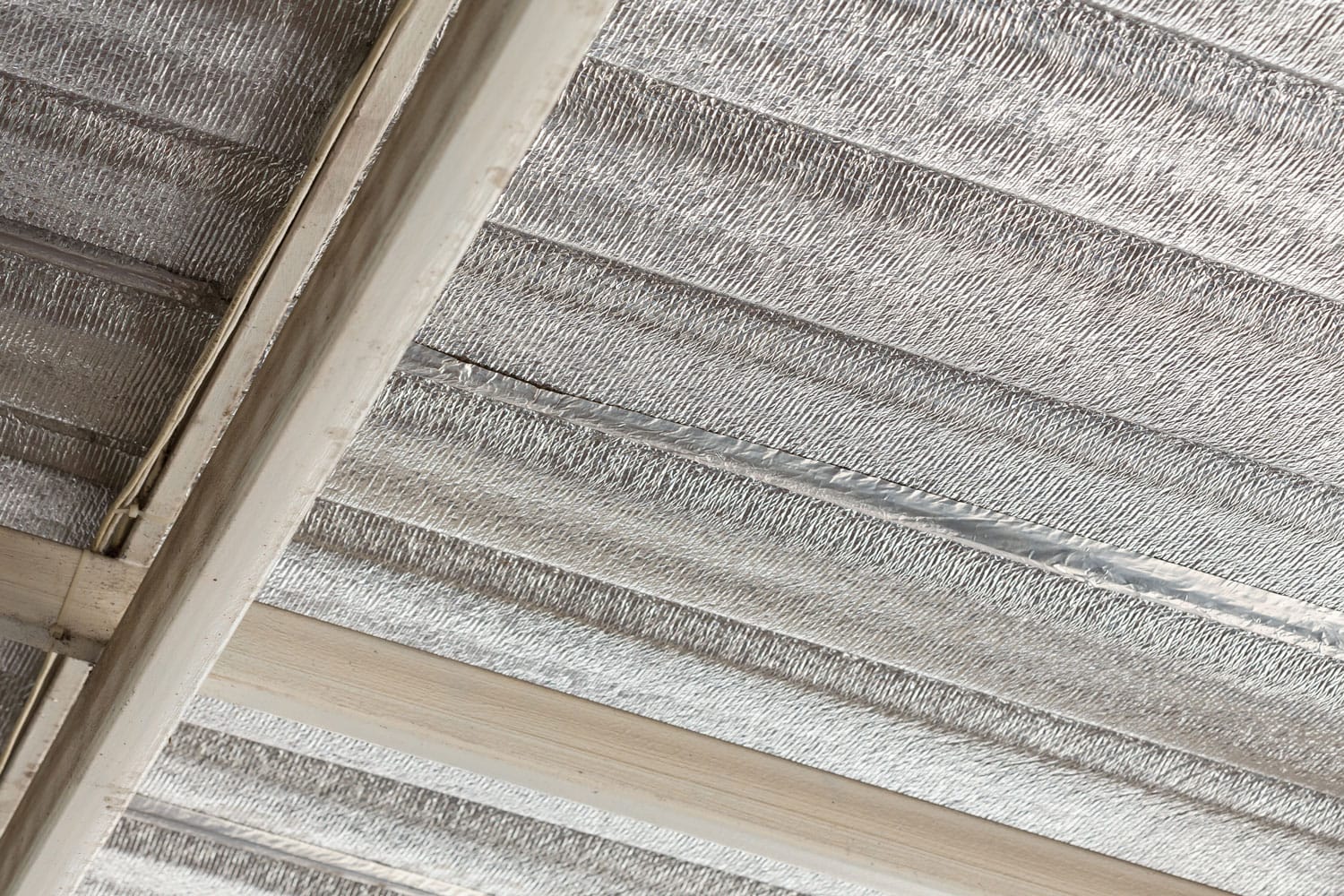Radiant barriers contribute a lot to our home. And we know you are wondering if you can install it under shingles. That is why we thoroughly researched via the internet to give you the answer you seek.
Yes, you can install a radiant barrier under the shingles. In addition, it is your choice to put it either on top of or below the battens. To install the radiant barrier easily, you need to run the foil out over the roofing felt paper. After that, tack it down and put the battens next, followed by the shingles.
If you are curious if radiant barriers are worth the investment, we encourage you to read throughout this article. We've got the answers to some of the additional questions that might be running through your head.

Does Radiant Barrier Damage Shingles?
To answer this simply, radiant barriers do not damage shingles. In fact, they work with the roof shingles better together to deliver the best results.
Two main factors will allow the shingles to reach a specific temperature: the amount of ventilation and the color.
First, a roof that gets enough ventilation will not encounter extreme temperatures.

Second, when we talk about color, light-colored or preferably white shingles are better reflectors of heat than any other shingle colors; they are ideal for climates with high temperatures. It will result in lowering the cooling costs.
A study conducted by the Florida Solar Energy Center focused on the relationship between radiant barriers and roof shingles reflecting radiant heat.
The researchers discovered that if heat is entering and exiting the roof at once, it can intensify the temperature by only about five degrees at the scorching point of the day. This cycle is not consequential enough to harm your roof shingles.
Does Radiant Barrier Affect the Temperature of Roof Shingles?

Many homeowners don't fully understand how a radiant barrier works. They avoid the most recognized application of a radiant barrier, which is either applying it under the roof sheathing or the roof rafters.
Furthermore, there is a lot of misinterpretation concerning radiant barriers. To name one, homeowners think that the heat will double if the current heat that approaches through the roof shingles hits the radiant barrier and gives it back out of the roof shingles itself.
Did you know that neither the radiant barrier nor the roof shingles hold the radiant heat? They are not similar to any other insulation materials like foam or fiberglass.
The radiant barrier can reflect radiant heat approximately 95 percent back to the roof shingles, which will emit over 90% of the heat out of its surface. It doesn't allow the heat to infiltrate your living space.
When you install roof shingles with radiant barriers, they have the capacity to reduce the temperature at night.
The radiant barrier puts a stop to heat loss that typically occurs from the conventional mass insulation on the attic floor increasing to heat the roof shingles. This particular setup can extend the longevity of the roof shingles.
A radiant barrier is shaping up to be one of the best cooling solutions when it comes to cost-efficiency. It can always work with any construction materials you provide and is also quite cheap. Most importantly, it can save you money with its energy efficiency.
Does Radiant Barrier Under Shingles Affect WIFI
A radiant barrier consists of a thin layer of aluminum. Wifi systems and cellular phones use a transference of radio waves, and generally, metals can affect this process. So, unfortunately, wifi and cell signals can somehow be affected by radiant barriers. However, expect that the impact is only minimal.
How Long Does Radiant Barrier Last?
Radiant barriers can last up to 10 years with no major problems. In order to know if radiant barriers are satisfactory and advisable for your home, it's best to talk to an expert.
Benefits Of A Radiant Barrier

A radiant barrier is superior in giving us high-quality performance when it comes to energy saving. Additionally, radiant barriers are undoubtedly beneficial since they can offer you a lot of benefits, such as:
- They can reduce the attic temperature by up to 30 degrees Fahrenheit.
- Radiant barriers do not degrade over time, far from any other type of insulation.
- They have greater control over air conditioning, heating, and humidity.
- There is no maintenance required.
- Radiant barriers work to keep warm air in during the winter.
- They also reduce both summer heat gain and cooling costs.
- If the duct systems and HVAC situates in the attic, radiant barriers will substantially improve energy efficiency and lower utility costs.
- They will put a stop to solar radiation for up to 90 percent.
- Radiant barriers can offer us a more comfortable, more accurate air cooling and heating.
- They can provide you with immediate cooling and heating with a small number of cycles. Radiant barriers will also benefit you reduce the demand for repairs. In addition, it can extend the lifespan of your HVAC units.
- Another great benefit is that it is not prone to mold and moisture build-ups.
Does A Radiant Barrier Need Air Gap?
This is one of the most commonly asked questions about radiant barriers, and the answer is definitely yes. For the radiant barrier to do its job appropriately, it is essential to leave an air gap when installing it.
How Much Of An Air Gap Is Needed?
To have the radiant barrier work satisfactorily, roofing experts usually suggest leaving an air gap between 1/2 and 3/4 inches. Air space bigger than this can also work well since they aid ventilation on the foil and can keep the airflow dry.
Be mindful that it doesn't matter which area or side you are to put the air gap on. Everything will still work the way it should be as long as there is sufficient air space to process the reflectivity to block the heat.
Types Of Radiant Barriers

There are various types of radiant barriers. All of them can fall under either aluminized plastic films or aluminum foil laminates. The latter contains OSB or oriented strand boards coated with foil so it will become reflective.
Aluminum foil is often perforated and laminated to the underside of the oriented strand boards to let water vapor escape the attic. Meanwhile, aluminized plastic films are composed of aluminum particles. They need to be placed on a plastic film through a vacuum process.
Both aluminum foil laminates and aluminized plastic films are characterized by their reflective surface. It is either on one side (single-sided) or both sides (double-sided).
Radiant Barrier Installation Cost
The installation cost of a radiant barrier may vary based on:
- Cost and number of materials that you will need
- Location
- Labor fees (if you are to hire a professional)
- Type of barrier you are going to use
- The difficulty of the job
There are other factors that may affect the cost. It will usually depend on the roofing expert.
The typical range of a radiant barrier installation costs about 740 to 2,840 dollars. But always keep in mind the factors that can modify the costs. Expect that you may run into prices over or under the said range.
To give you an example of a labor cost, most radiant barrier experts charge anything between 30 dollars to 80 dollars per hour for installing a radiant barrier.
They will ask for payments within this cost range depending upon the difficulty and scale of the job. Ens that you hire the most reputable experts to make the most out of your money's worth.
And as for the materials needed, including the radiant barrier itself, the price range will be between 0.10 to 0.90 dollars per foot. The quality of the materials to use will determine its price range. Double-sided barriers surely cost more than single-sided ones.
Where To Purchase Radiant Barrier Materials?
There are a lot of radiant barrier manufacturers. However, you must ensure that you're going to purchase from a reputable manufacturer to receive a quality product.
In fact, there is an association that composes of reputable manufacturers, which is the Reflective Insulation Manufacturers Association International.
Check this Radiant Barrier (RadiantGUARD Brand) on Amazon
In Closing

If you plan to save money by lowering the energy costs, installing a radiant barrier under the roof shingles is a wise choice.
There are numerous beneficial factors that a radiant barrier offers. Moreover, rather than choosing other insulation materials, especially if you are in a place that heats up excessively during the daytime, you can consider radiant barriers a better option.
For more information on home insulation, you might want to check these posts out!

